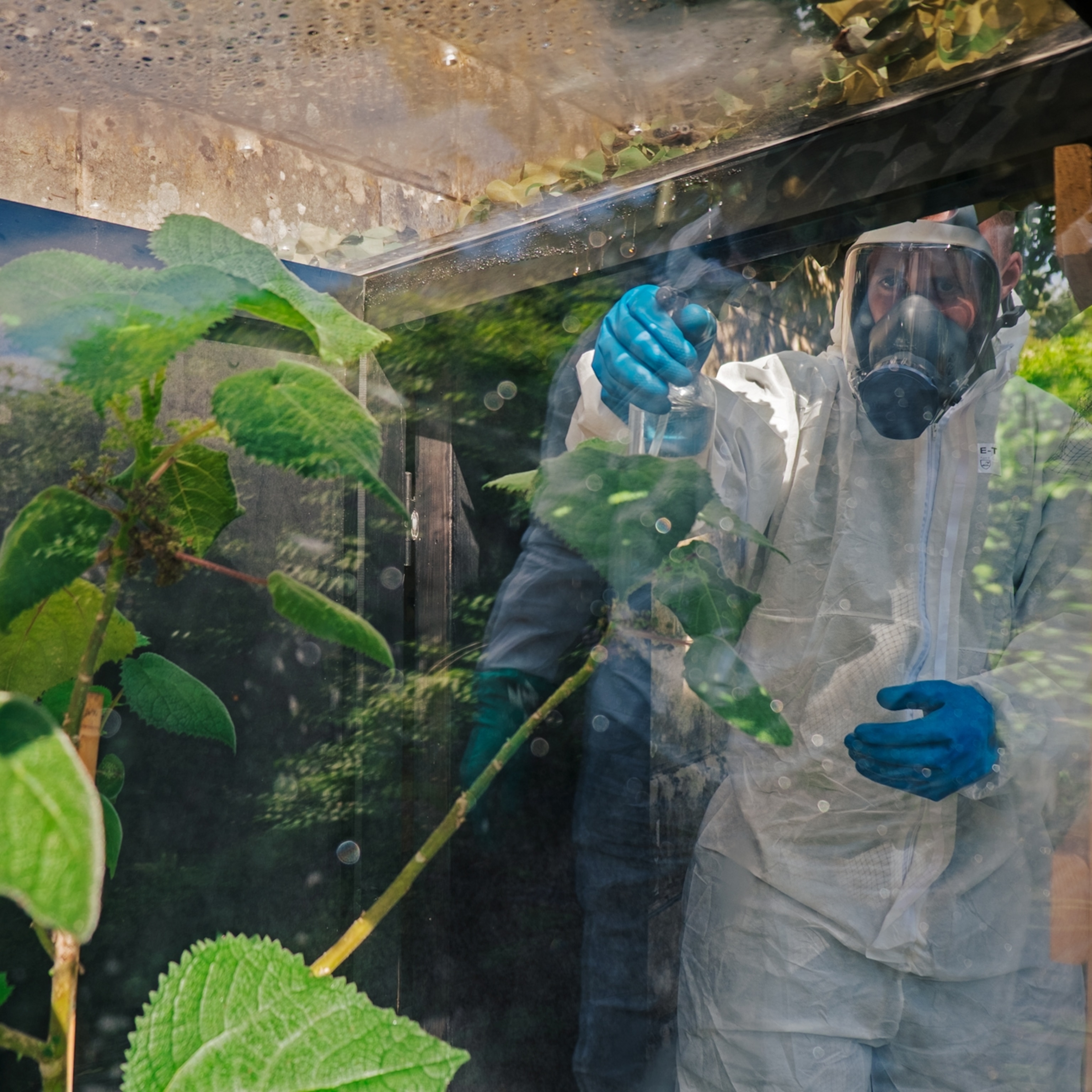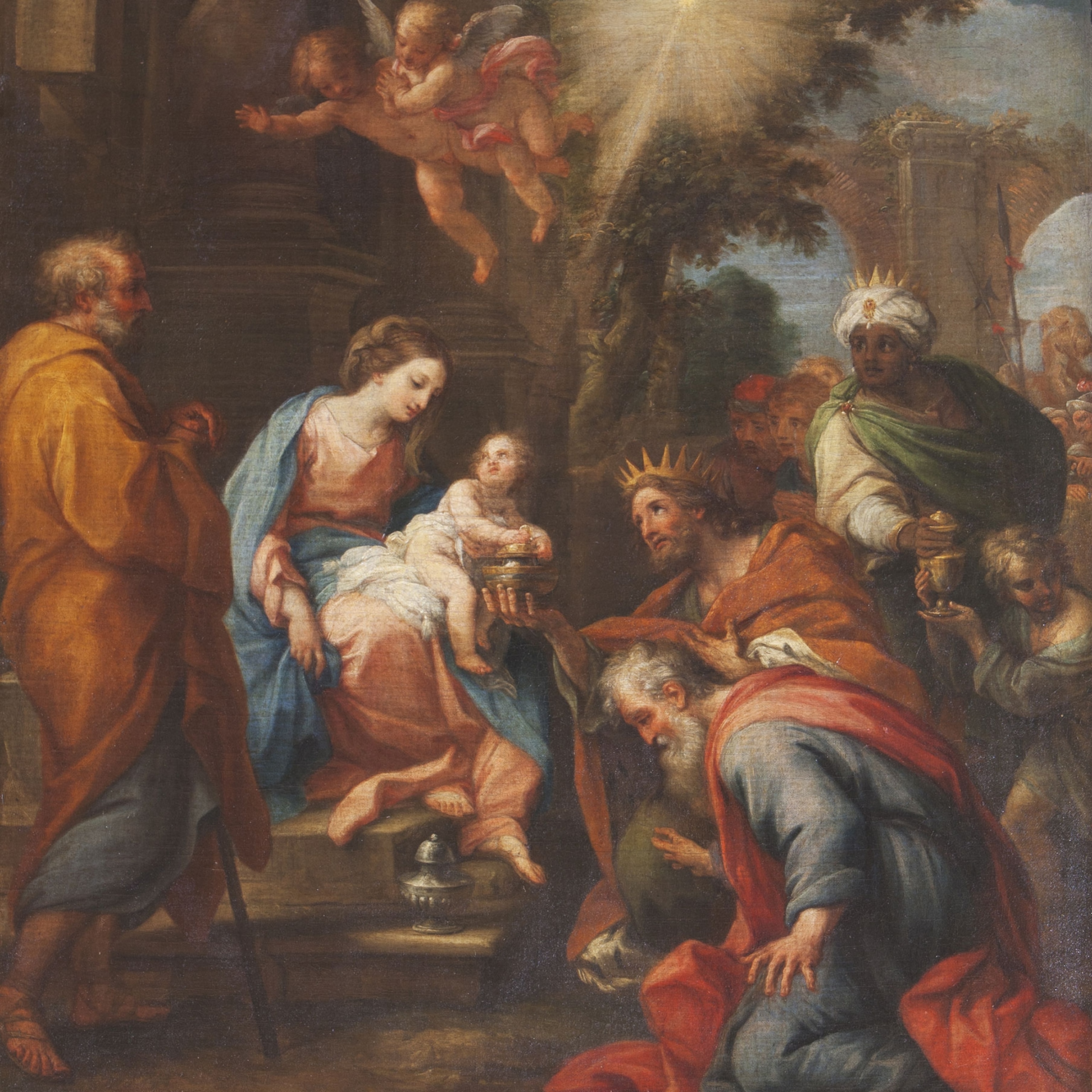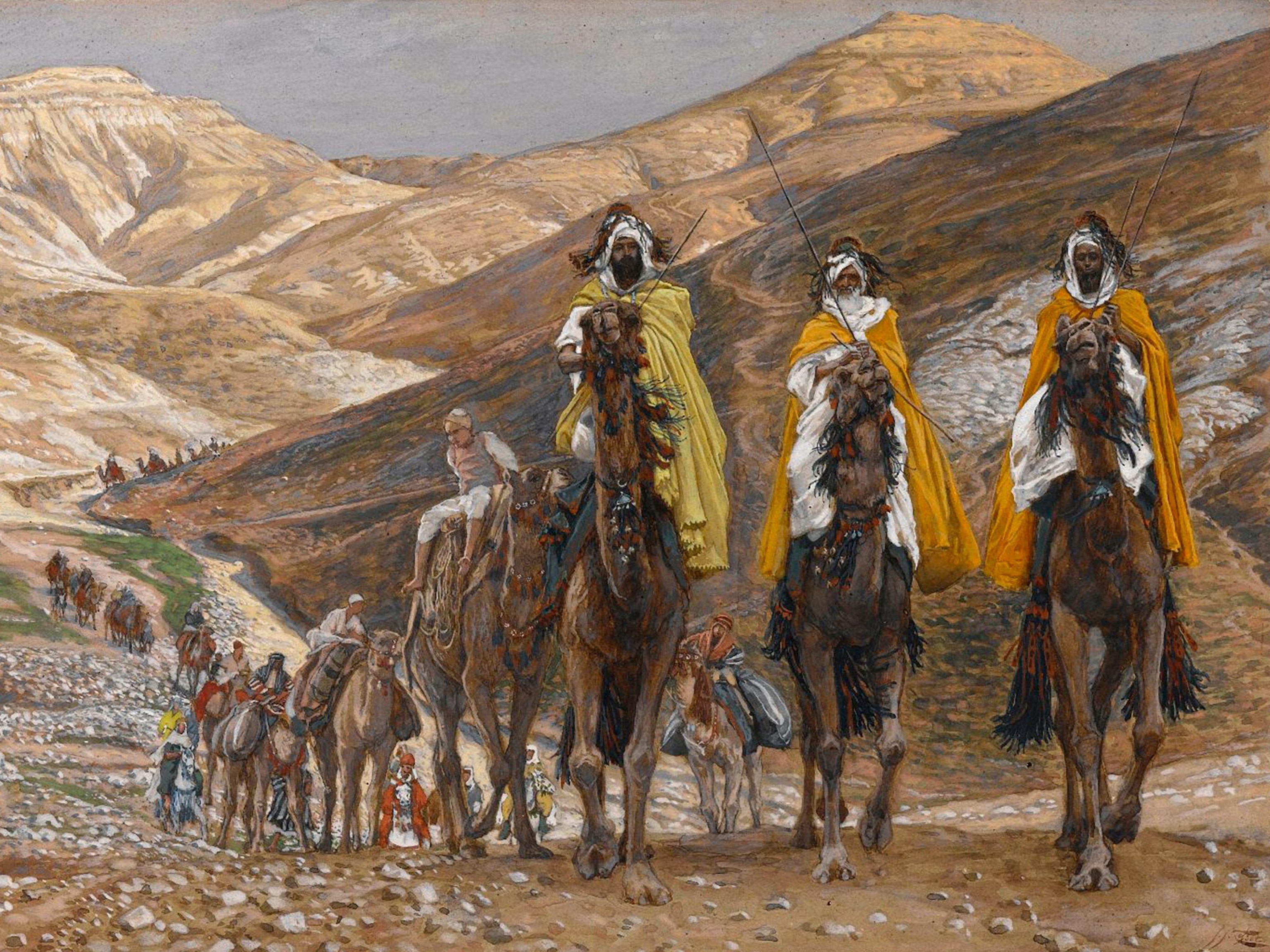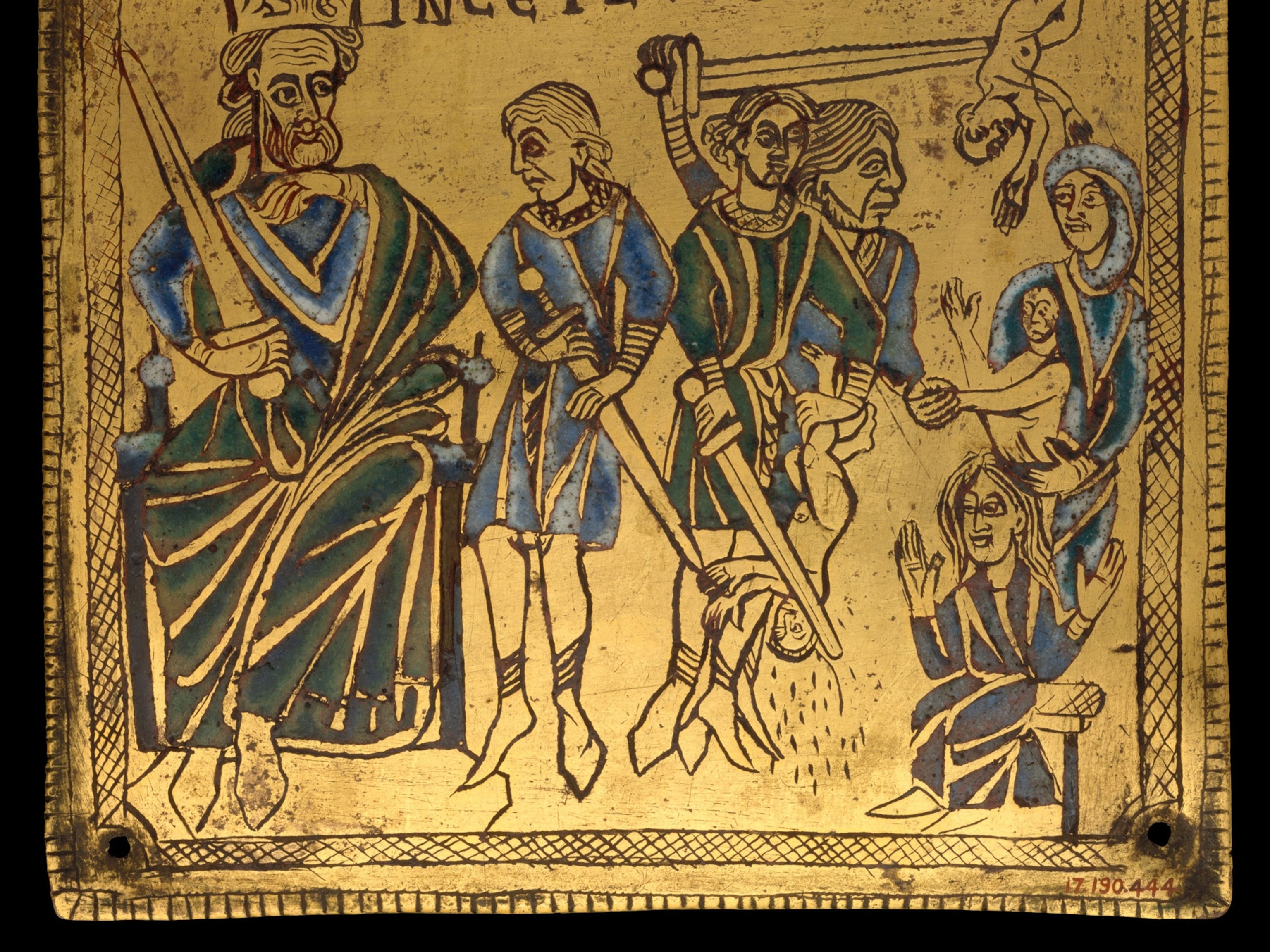
How the rugged poinsettia became our favorite holiday flower
Long before a clever marketer turned it into a Christmas staple, the Aztec and Maya celebrated the colorful shrub for its medicinal value.
Think “poinsettia” and you think “Christmas,” right? Well, think again. At the time of the first Christmas, the closest poinsettia to the little town of Bethlehem was 8,000 miles away, clinging to life in a rocky canyon in what’s now southwestern Mexico.
“The Aztec called the plant cuetlaxochitl (brilliant flower), and the Maya referred to it as k’alul wits (ember flower),” says Mark Hoddle of the University of California Riverside’s department of entomology. He became fascinated with the poinsettia while working on his doctoral dissertation in the 1990s, exploring ways to control whiteflies, a common scourge of the holiday plants.
There’s evidence the indigenous peoples of Central America appreciated the plant for its seasonal red leaves, he says, but mostly they saw medicinal value.
“When you break a leaf or branch of a poinsettia, it leaks a milky white sap,” Hoddle says. “The cultures believed that sap had healing properties.” Aztecs applied the sap to the breasts of nursing mothers to increase milk production. They also used the sap as a depilatory.
Even today, Hoddle says, descendants of the ancient Maya in Mexico boil the leaves to create a remedy for obstetrical or gynecological hemorrhaging. And if you happen to be bitten by a snake, the locals say, there’s nothing better than boiled root of k’alul wits.
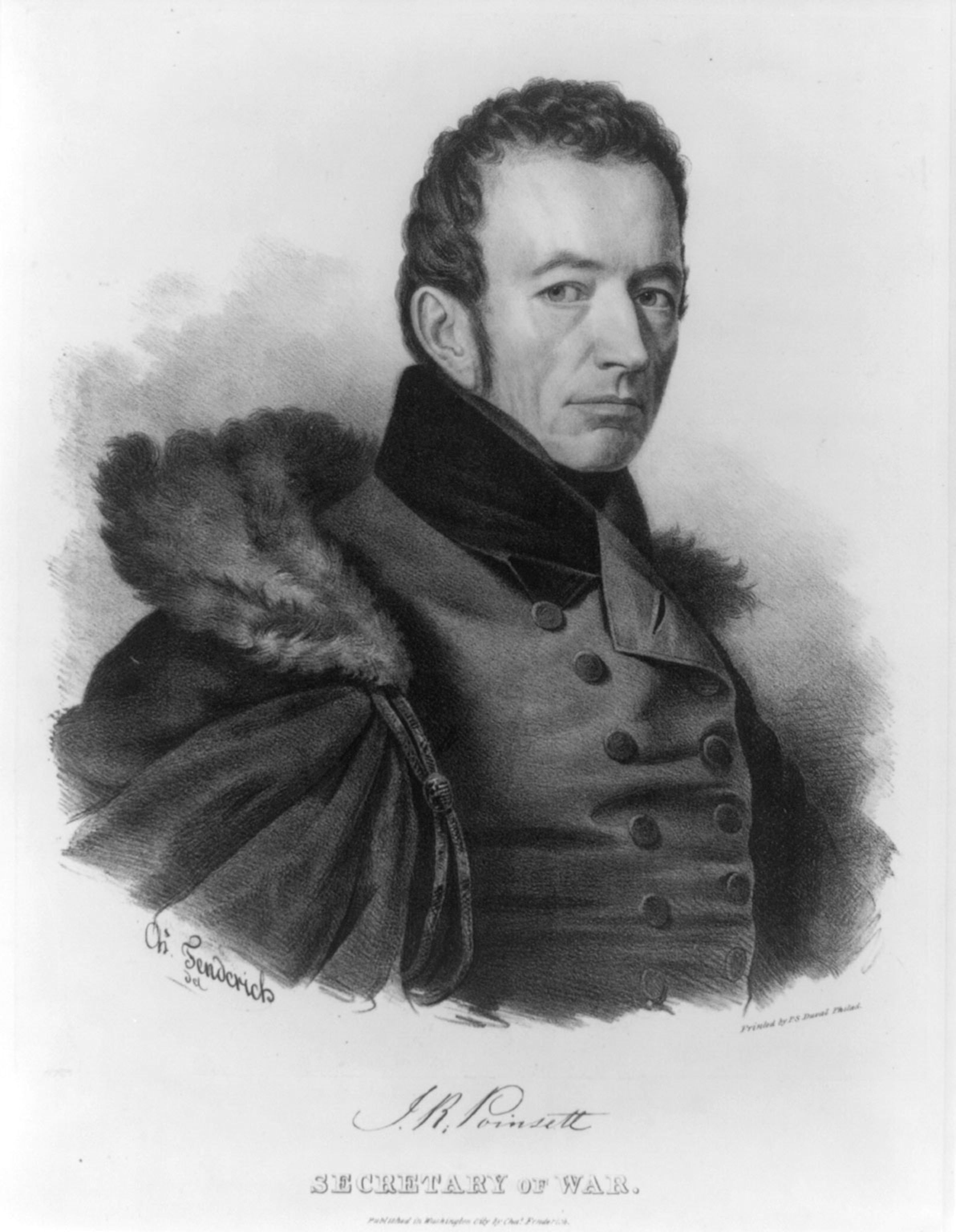
The first Christmas poinsettias
Franciscan missionaries arrived in Mexico in the 16th century and eventually began setting up elaborate manger scenes at Christmastime. Holly, Europe’s holiday flora of choice, was nowhere to be found for the dioramas, but when the missionaries saw the red and green colors of this local plant—that happened to burst into color every December—they knew they had the perfect stand-in.
By the time an American diplomat named Joel Poinsett arrived in Mexico in the 1820s, those bright leaves were a common sight in local churches at Christmastime. A swashbuckling U.S. congressman from Charleston, South Carolina, Poinsett spoke six languages, dined with Russia’s czar, served President James Madison as a covert agent to protect U.S. business interests in South America, and somewhere along the way became, for a short time, a general in the Chilean army.
Yet despite all his exploits, Poinsett is remembered primarily as the amateur botanist who became fascinated with those red and green plants from Mexico. He sent some home to Charleston, where people began growing them in their gardens. Their notoriety grew under a variation of Poinsett’s name.
Poinsettias become a Christmas star
For the first 100 years or so after those first transplants arrived in Charleston, fragile poinsettias were nearly impossible to keep alive in a pot. They were sold primarily as cut flowers.
“That all changed with these guys,” says Fred Clarke, keeper of what’s likely the world’s only poinsettia library. He’s leading me toward a large, translucent white shed tucked into a corner of the Flower Fields at Carlsbad Ranch, a bit north of San Diego, California.
Each spring Carlsbad’s famous Flower Fields become a fantasia of red, yellow, and white ranunculus flowers. Clarke is the horticulturalist in charge of making sure those 80 million flowers grow and get to market, but it’s clear his passion plant grows inside this shed.
“Here we are!” he enthuses as we step inside. Sitting on a series of low, tiered risers are scores of potted poinsettias arranged chronologically in order of their historical development.
Clarke doesn’t have a sample of Joel Poinsett’s iteration, but his chronology does include a close relative: the legendary St. Louis Red. The first mass-produced poinsettia, it was introduced in 1924 by Louis Bordet of Missouri.
Long-stemmed and fragile, the St. Louis Red was still primarily a cut flower. But a self-taught Southern California agriculturalist named Paul Ecke started toying with the Red’s genetics, breeding varieties that exploded with multiple colored leaves, didn’t mind growing in a greenhouse, and, most importantly, could be shipped in pots.
Following the lead of those long-ago missionaries, Ecke began marketing poinsettias as “The Christmas Flower.” He convinced Hollywood to use them as decorations on seasonal TV specials. (Ecke’s son personally saw to it that Johnny Carson had an extravagant display behind his Tonight Show desk each year.)
For decades, the Ecke family grew nearly all their poinsettias on what’s now Carlsbad’s Flower Fields. Today, poinsettias are grown primarily outside the U.S., so the Ecke family focuses on developing and patenting new varieties. The results are on proud display in Clarke’s poinsettia library.
Ushering me through the collection, Clarke—who started working with the Ecke family 42 years ago—ticks off the subsequent varieties. They include the Flaming Sphere (1950), a floppy version that never caught on. The C-1 (1968) was the first poinsettia that could withstand the rigors of transport. The Limo (1988) introduced the deep red of present-day poinsettias. Freedom Family (1991) was the first with rounded, elephant-ear-shaped bracts rather than long, pointy ones. And the Prestige (2002), known for its rich color and stamina, is now the most popular poinsettia on the planet.
After touring the poinsettia library, Clarke invites me to enjoy one of the Flower Fields’ famous strawberry milkshakes. As we head for a small stand, he suddenly stops and turns back toward the shed and his red-leafed congregation. He smiles.
“These guys have come a long way,” he says.


